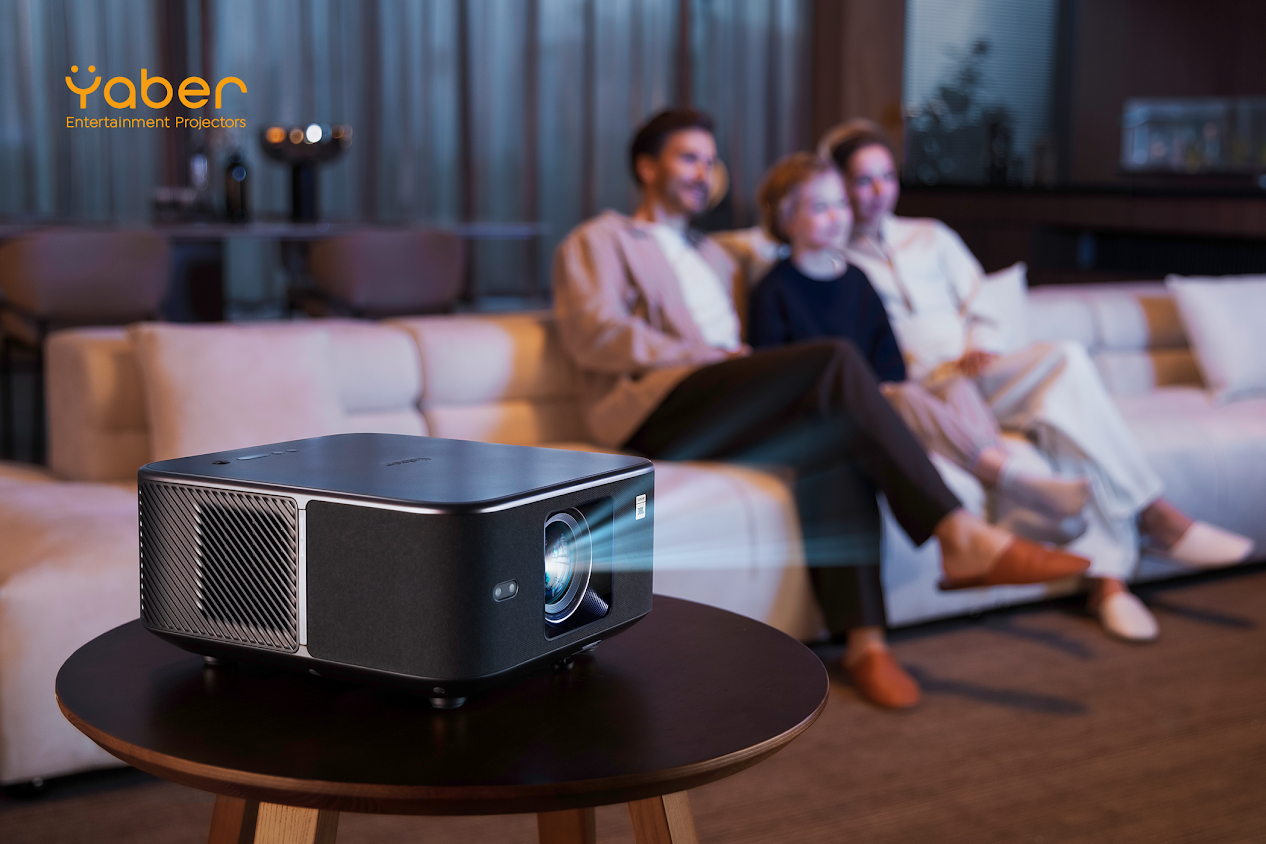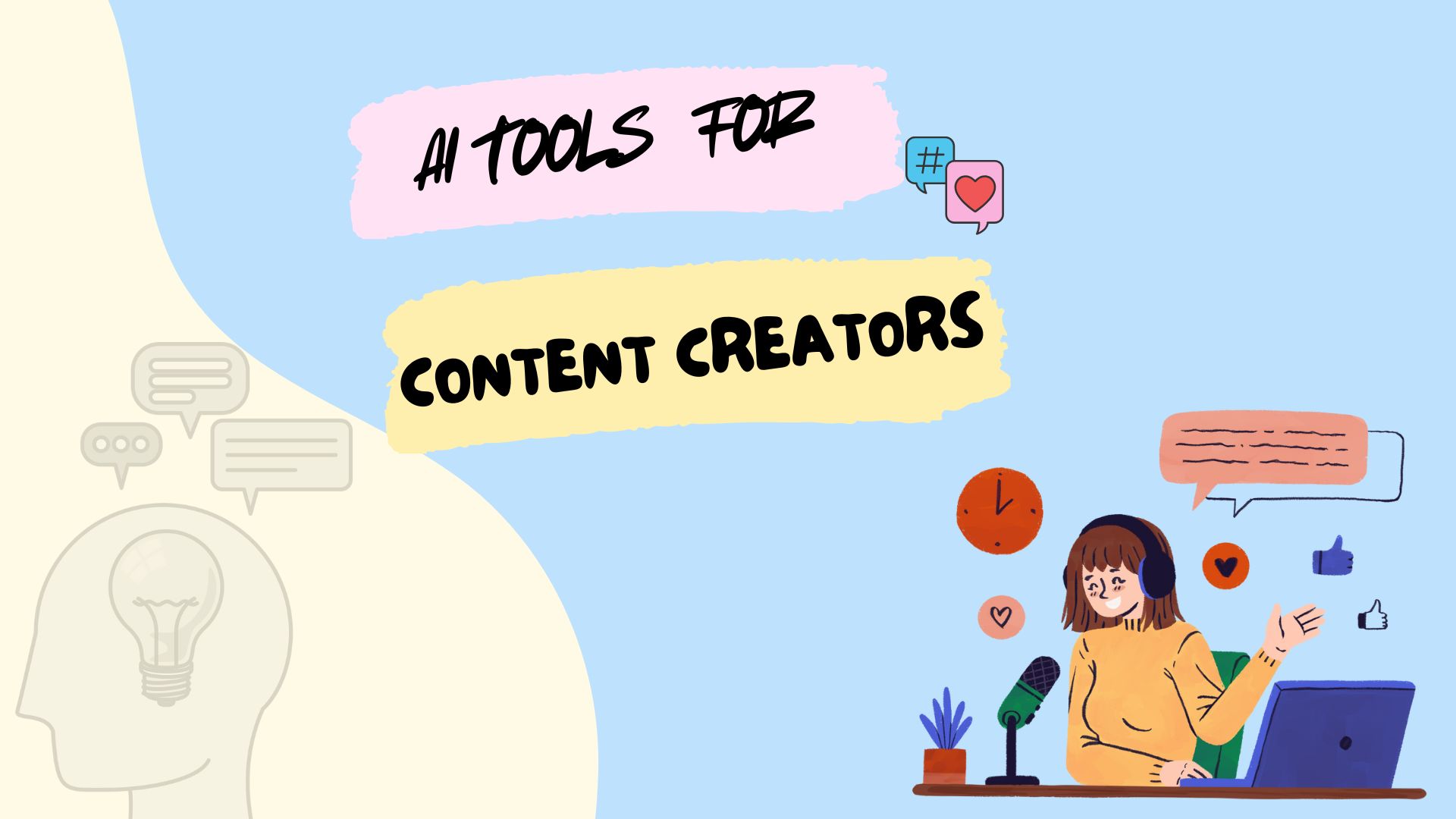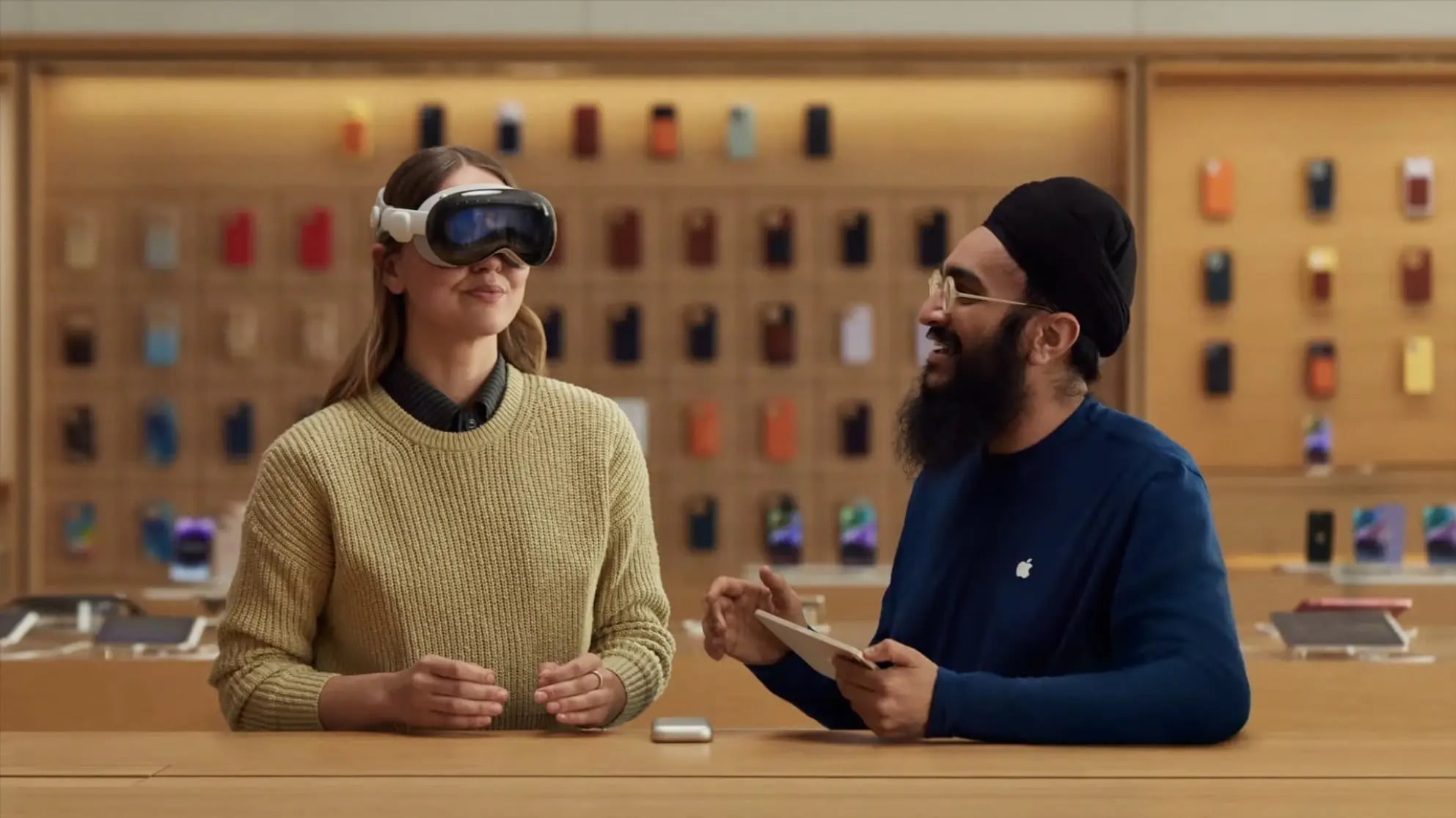
Go Here to Read this Fast! Save the date and see the ultimate in home entertainment
Originally appeared here:
Save the date and see the ultimate in home entertainment


Go Here to Read this Fast! Save the date and see the ultimate in home entertainment
Originally appeared here:
Save the date and see the ultimate in home entertainment
Go Here to Read this Fast! 3 new movies on Max with over 90% on Rotten Tomatoes
Originally appeared here:
3 new movies on Max with over 90% on Rotten Tomatoes


A practical guide to leveraging AWS Lambda, Kinesis, and DynamoDB for real-time insights
Originally appeared here:
How I Built a Real-Time Weather Data Pipeline Using AWS—Entirely Serverless


Efficient image operations with multiprocessing in Python
Originally appeared here:
How to Process 10k Images in Seconds
Go Here to Read this Fast! How to Process 10k Images in Seconds


Start with 5 practical projects to lay the foundation for your data engineering roadmap.
Originally appeared here:
5 Simple Projects to Start Today: A Learning Roadmap for Data Engineering
Go Here to Read this Fast! 5 Simple Projects to Start Today: A Learning Roadmap for Data Engineering
You may have just set new fitness goals for yourself but you’re unsure how to go about achieving them. Modern wearables have made it pretty easy to keep track of things like your daily step count, heart rate, sleep stages and more, so you spend less time monitoring that data yourself and more time focusing on other healthy habits you can implement. Thankfully, you don’t have to send hundreds to get a wearable that can do these things for you.
Budget fitness trackers have come a long way in the last few years, with many now including connected GPS tracking for those outdoor runs, real-time heart rate tracking to keep you in the right zone during workouts and more. Plus, most work with both iPhone and Android devices so you can choose the right one for you and your budget without worrying about compatibility. From simple step counters to more advanced running watches, affordable fitness trackers offer plenty to support your journey toward better health without breaking the bank. These are our top picks.
All of the best fitness trackers should have at least three features: a program to track workouts or movement of some sort, the option to monitor and collect sleep stages data and the ability to do things like heart rate tracking and blood oxygen level monitoring (though, the readings might not be super accurate). Don’t set your sights too high and expect metrics like blood pressure monitoring; for that, you’d need to invest in a more expensive wearable like a Samsung Galaxy Watch, which will set you back over $400.
A cheap workout tracker can be great for someone looking to keep tabs on small, achievable goals like 10,000 steps before sundown or 30 minutes of a HIIT workout to get your heart rate peaking. An experienced long-distance runner looking to train for a triathlon might opt for a more expensive device that can measure cadence or ground contact time, and can track more customizable workouts, offer different sports modes or give deeper insights into performance data.
At the very least, a budget workout tracker should be able to offer fitness tracking features beyond walking and running — otherwise, it would just be a pedometer. The number of activities a device will recognize varies. Some will get funky with it and consider skateboarding a workout, while others won’t be able to track a jumping jack.
At this price, you can expect a device to measure a mix of cardio, machine workouts and strength training. With each, you might get a numerical or visual breakdown of heart rate activity, overall pace, and calories burned per session. Although some cheap trackers can offer a really good overview of heart rate zone activity during a workout, a more technically advanced device might be able to go a step further and explain what your results mean and coach you on how to keep your heart rate in a specific bracket so that you can burn more fat per workout. I found that the more budget-friendly the device, the more likely it is that a tracker will fall short when it comes to smart counseling or offering predictive insights beyond a given workout. If a budget tracker does happen to offer some semblance of a coaching program, you can expect it to sit behind a paywall.
Workout tracking and planning your recovery is just as essential to any fitness journey. A sub-$100 device should be able to tell you how long you’ve slept and provide a breakdown of deep, light and REM sleep stages. It’s not a guarantee that you will get a sleep “score” or insights on how to get better rest — that data is usually found on more expensive wearables. Also, because these trackers aren’t designed for bedtime specifically — be mindful of comfort. The bands and watch face on a budget fitness tracker may not be ideal for getting some good shut-eye.
Not all activity trackers, budget-friendly or not, are designed to seamlessly integrate with a smartphone. The trackers tested for this roundup can’t directly make calls or send texts to contacts on a paired iPhone or Android smartphone. They can, however, display and dismiss incoming calls and notifications via a Bluetooth connection. You can forget about checking your email or paying for a coffee from your wrist using these more affordable devices.
Most cheap fitness trackers also won’t include built-in GPS tracking. Instead, they usually depend on a paired smartphone to gather location data. The drawback of using a fitness tracker without GPS is that it might not provide as precise for tracking distance or pace. You also can’t use a budget tracker to get turn-by-turn directions during a walk or while running errands. For the more outdoorsy consumers, having GPS could be a key safety feature if you want this kind of functionality at your fingertips.
You also might find that an inexpensive fitness tracker is harder to navigate than a more advanced smartwatch. Whether it be a screen size issue or simply not having a smart enough interface, don’t expect every feature to be one that you can engage with directly on your wrist. Oftentimes, you will need to pull out your smartphone to log information or access more in-depth health data.
The quality and build of displays and bands will also vary in this category. Don’t expect the highest resolution OLED displays or the fanciest materials in the bands. But you can expect some level of sweat and water resistance.
I didn’t have high expectations of the Wyze Watch 47c, but I was shocked at how little this tracker can do. The 47c can only track walks and runs. It has a dedicated widget, a small logo of a man running, and when you tap it, it begins measuring your pace, heart rate, calories burned and mileage. It does not auto-detect or auto-pause workouts and it doesn’t differentiate between a run and walk. Most importantly, this device can’t track any other exercises. It’s basically a glorified pedometer.
The 47c was also my least favorite to sleep with, mainly because the square watch face is so large and heavy. Even if I did manage to sleep through the night with it on, it only gave me a basic sleep report.
The Garmin vivofit 4 has a tiny display that is not a touchscreen and all navigation happens through one button. The watch face is impossible to read outdoors and the exercise widget is also very finicky. To start tracking a run, you have to hold down the main button and flip through some pages until you get to a moving person icon. Once there, you have to press the bottom right corner of the bar and hold down and if you press for too long or in the wrong spot, it’ll switch to another page, like a stopwatch. It’s incredibly frustrating.
Once you start a run though, it will start tracking your steps, your distance — and that’s pretty much it. It does not auto-detect or auto-pause workouts. It doesn’t alert you of any mileage or calorie milestones.
This article originally appeared on Engadget at https://www.engadget.com/wearables/best-cheap-fitness-trackers-140054780.html?src=rss
Go Here to Read this Fast! The best cheap fitness trackers for 2025
Originally appeared here:
The best cheap fitness trackers for 2025


Looking to level up your content creation game in 2025? You’re in the right place! The digital landscape has evolved dramatically, and AI tools have become essential for creators who want to stay ahead of the curve. In this guide, I’ll show you the top 10 AI tools that are revolutionizing content creation and making creators’ lives easier.
Why You Need These AI Tools in 2025
Content creation has become more demanding than ever. Whether you’re a social media influencer, marketer, or business owner, keeping up with the constant need for fresh, engaging content can be overwhelming. That’s where AI tools come in – they’re not just fancy tech, they’re your secret weapon for creating better content faster.
Let’s Dive Into the Top 10 AI Tools for 2025
What Makes It Special: ChatGPT has evolved into a comprehensive content creation assistant by combining advanced language understanding with specialized content optimization features. Its ability to generate, edit, and optimize content while maintaining brand voice and industry expertise makes it an essential tool for creators who need to produce high-quality written content at scale.
What Makes It Special: Canva Magic Studio has transformed the graphic design landscape by combining its user-friendly interface with powerful AI capabilities. The platform’s ability to understand design principles and automatically generate on-brand content while maintaining professional aesthetics makes it accessible for beginners while providing enough sophistication for professional designers.
Key Features:
Pricing:
Perfect For: Small businesses, social media managers, and anyone needing quick, professional-looking designs.
What Makes It Special: RunwayML stands out as the ultimate video creation powerhouse by combining professional-grade effects with user-friendly AI technology. Its game-changing ability to manipulate video content – from changing weather effects with a text prompt to removing objects seamlessly in real-time – makes it indispensable for creators who want to produce high-quality video content without getting bogged down by technical complexities.
Key Features:
Pricing:
Perfect For: Video creators, YouTubers, and social media managers who want to create professional-quality videos quickly.
What Makes It Special: Midjourney V6 has redefined AI image generation by mastering the nuances of professional photography and artistic style. Its ability to understand and execute complex creative directions – from specific lighting conditions to branded visual styles – while maintaining consistent quality across multiple generations makes it the go-to tool for creators who need stunning visuals that align perfectly with their brand identity.
Key Features:
Pricing:
Perfect For: Social media managers, digital marketers, and anyone needing professional-quality visuals consistently.
What Makes It Special: Synthesia has transformed video creation by making it possible to create professional-looking AI avatar videos in minutes. Its ability to generate natural-looking presentations in multiple languages with synchronized lip movements and gestures makes it invaluable for creators who need to produce video content at scale without the traditional filming process.
Key Features:
Pricing:
Perfect For: Businesses and educators creating training videos, presentations, and multilingual content.
What Makes It Special: Descript has transformed audio and video editing by making it as simple as editing a text document. Its innovative approach to media editing, combined with powerful AI features like automatic transcription and filler word removal, makes professional-quality editing accessible to creators of all skill levels.
Key Features:
Pricing:
Perfect For: Podcasters, video creators, and teams needing efficient audio/video editing solutions.
What Makes It Special: ElevenLabs has revolutionized voice synthesis by achieving unprecedented levels of natural speech quality and emotional expression. Its ability to clone voices accurately and generate multiple languages with proper accents and inflections makes it the ultimate tool for creators who need professional-quality voiceovers without the traditional recording process or voice actor limitations.
Key Features:
Pricing:
Perfect For: Podcasters, video creators, and content creators needing professional voiceovers in multiple languages.
What Makes It Special: Tribescaler brings a scientific approach to viral content creation by combining trend analysis with content optimization. Its powerful AI engine analyzes successful content patterns across platforms and provides actionable insights to help creators craft content that’s more likely to go viral, while maintaining authenticity and audience engagement.
Key Features:
Pricing:
Perfect For: Content creators and social media managers focused on maximizing reach and engagement.
What Makes It Special: Clickable revolutionizes ad creation by seamlessly blending data-driven insights with creative automation. Its ability to analyze brand assets and automatically generate platform-optimized ad variations while maintaining brand voice transforms the tedious process of ad creation into a streamlined, results-driven workflow that consistently delivers high-performing content.
Key Features:
Perfect For: Digital marketers and businesses looking to scale their ad production efficiently.
What Makes It Special: CopyAI has established itself as a powerhouse in AI-powered copywriting by offering specialized content generation for various marketing formats. Its sophisticated understanding of marketing psychology and brand voice, combined with its ability to generate compelling copy across multiple formats and industries, makes it invaluable for marketers and content creators who need to produce engaging, conversion-focused content at scale.
Key Features:
Pricing:
Perfect For: Marketing teams, copywriters, and businesses needing high-converting marketing copy across multiple channels.
The AI tools listed here are revolutionizing the content creation landscape in 2025, making it easier than ever to produce high-quality, engaging, and impactful content. By integrating these tools into your workflow, you can save time, unleash your creativity, and achieve better results.
AI doesn’t replace creativity; it amplifies it. As a content creator, your unique voice and vision are irreplaceable. These tools serve as enablers, helping you focus on what you do best—creating. Explore, experiment, and innovate. The future of content creation is here, and it’s brimming with possibilities.
Embrace these technologies, stay ahead of the curve, and watch your creative potential soar. The only limit is your imagination!
All features and pricing information are subject to change. Please verify current details with the respective platforms, Also this article contain affiliate links which means we make a small comission if yo buy any premium plan from our links
Go Here to Read this Fast! Top 10 AI Tools That Will Transform Your Content Creation in 2025
Originally appeared here:
Top 10 AI Tools That Will Transform Your Content Creation in 2025


Originally appeared here:
Our predictions for AI in 2025 – what next for ChatGPT, Apple Intelligence and more
Originally appeared here:
Nationwide boss says women working at home could be missing out on job opportunities